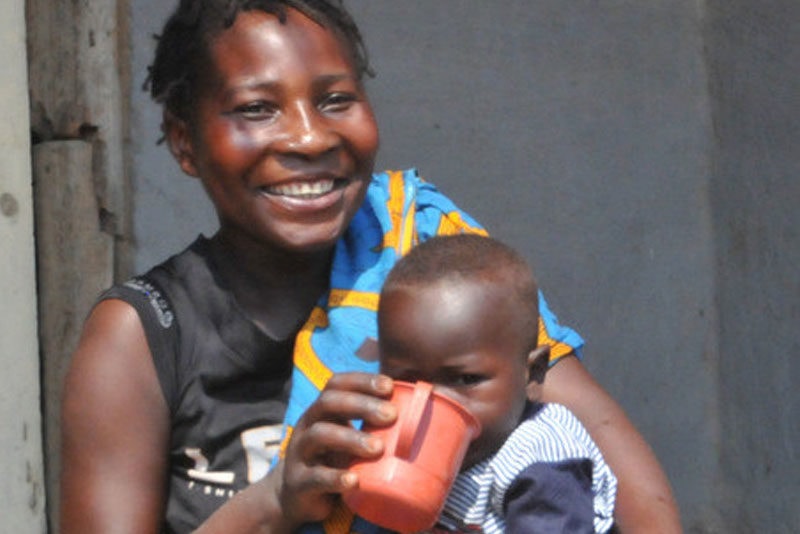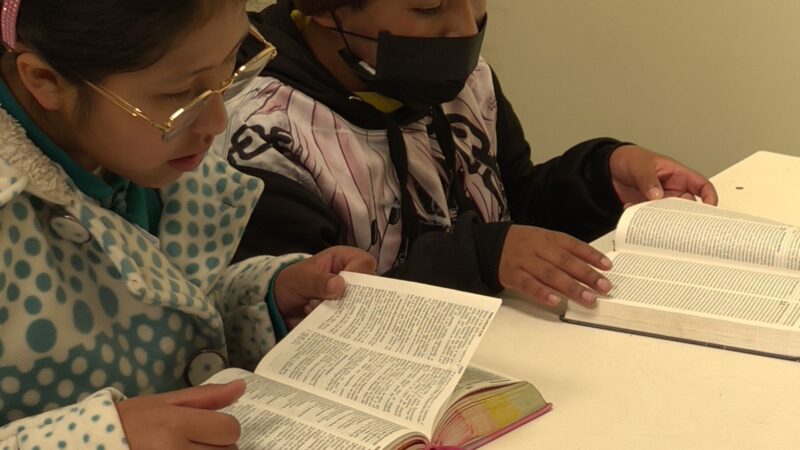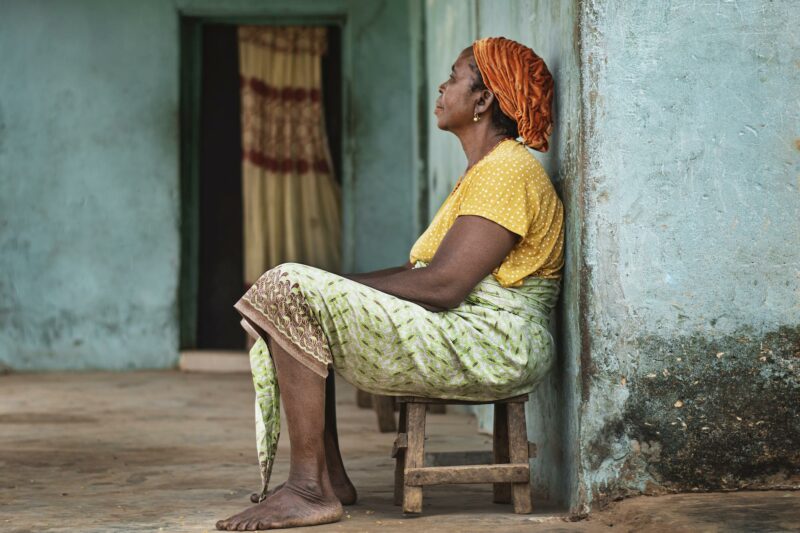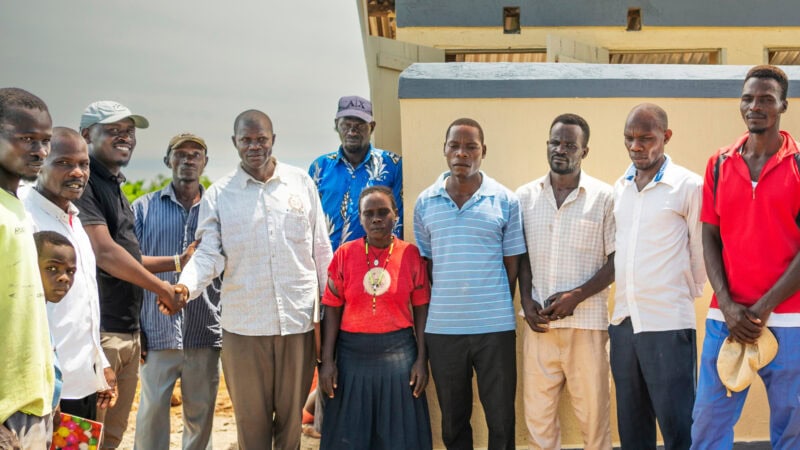Six years ago, my eldest son surprised us and arrived extremely early, spending many months in the hospital before we were able to bring him home.
As a mother of three, my heart breaks for the many women around the world who give birth knowing they have little or no access to basic medical care, medicines, a hygienic birthing kit or necessities like warm blankets and soap. They deliver knowing the child they have spent months longing to meet, may not survive.
Around the world, babies are born into poverty every single day. UNICEF estimates that each year one million children die on the same day they are born, while another 2.6 million do not survive past the first month of life.
What makes these deaths even more devastating is that many of them are preventable. Millions of lives could be saved every year if mothers and their babies had access to affordable, reliable healthcare, proper nutrition and clean water. Unfortunately, these essentials aren’t always available to the vulnerable infants and mothers with the greatest need.
Those sobering facts and figures aren’t lost on me.
Had my son been born in another country without access to the exceptional medical care he received, outcomes for him- and for me- could have been very different.
According to the World Health Organization, 830 women die every single day due to pregnancy-related causes and childbirth. I’ve created a resource called “5 Tragic Facts About Being Pregnant and Poor” to share little-known statistics and highlight what expectant mothers living in developing countries face.
While my son is still overcoming some challenges, there isn’t a day that goes by where I’m not grateful for the team of medical professionals and tools that God used to help save his life.
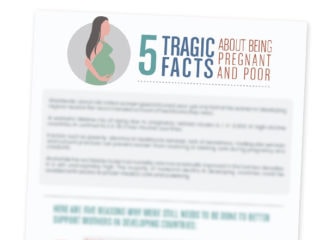 Now you have the chance to save lives too.
Now you have the chance to save lives too.
Download the Resource
“5 Tragic Facts About Being Pregnant and Poor” to learn about some of the risks women and adolescents encounter when expecting a baby in a developing country. While these statistics are improving in part to international nonprofits and the Sustainable Development Goals, much more still needs to be done.

